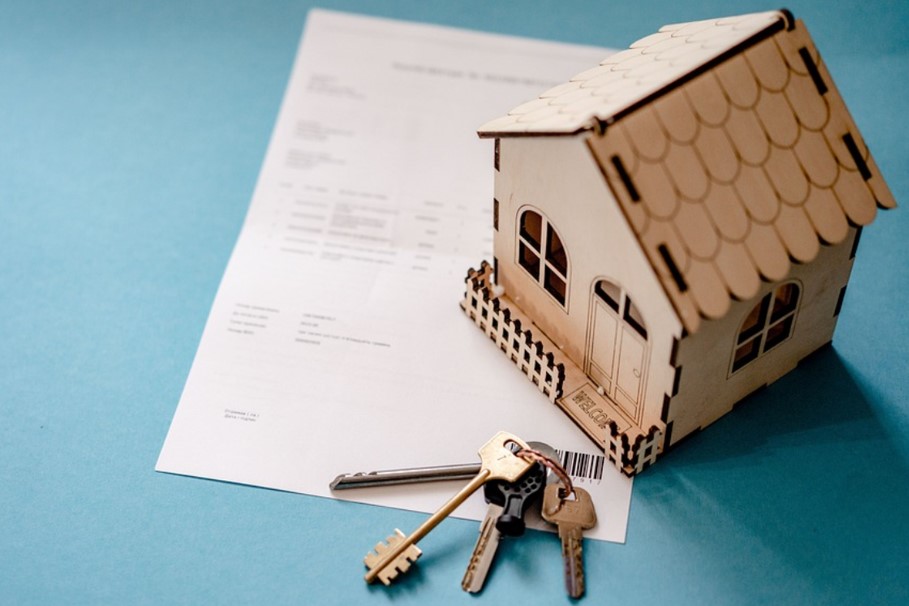Rental Deposit Assistance Program – Get Help With Renting Costs

Many renters struggle to stay housed and pay other bills, and some don’t even have enough savings to cover rental deposits and associated costs. To make things worse, the COVID-19 pandemic negatively affected many people’s livelihoods. If you are faced with imminent homelessness due to financial difficulties, help may be available.
Rental deposit assistance programs enable low-income individuals and households to access suitable rental housing. This quick guide explains everything you need to know about getting help with rental costs.
How Rental Assistance Programs Work
Finding safe housing is one thing; getting the property owner or landlord to hold an apartment down can be difficult without paying a rental deposit.
For example, you find a decent apartment in a neighborhood with great facilities and features for raising your children. However, you don’t have money to deposit upfront (rental deposit). You are less likely to convince the landlord not to give out the apartment to someone else who is ready to make payment.
A family may receive Housing Choice Vouchers (formerly Section 8) yet have a hard time using the coupons to pay for homes in the neighborhood they prefer if they can’t afford a rental deposit.
This is where rental deposit assistance programs come into the picture. Eligible individuals and families can get low- or interest-free loans, which are applied toward a rental deposit as well as other costs associated with renting a new home.
Families can get assistance from government agencies and private organizations, and the funds are usually counted toward the first or last month’s rent.
What Renting Costs Does the Assistance Cover?
Typically, low-income families and individuals who receive financial assistance are expected to use the funds to secure an apartment.
However, the amount an eligible household gets in financial assistance is not limited to paying for a new tenancy. In addition to rent payments, you can use the assistance to cover associated costs, such as:
- Paying rental application fees
- Paying moving expenses or move-in fees like the security deposit
- Purchasing new locks, keys, and other security equipment
- Paying for new furniture and fittings
- Utility deposit for start-up costs
While there is some wiggle room in how applicants can use the funds, there may be certain restrictions depending on the organization or agency providing the assistance.
For example, families or individuals who get help with renting costs may be required to use the funds within a specified period. In some cases, recipients are not allowed to use the funds to pay for moving expenses outside the jurisdiction where the assistance was awarded.
Who Is Eligible for the Rental Deposit Assistance?
Like many other government housing assistance programs, the eligibility for this program is based on household income, particularly households and individuals with low or very low income.
However, a limited budget doesn’t automatically qualify you for assistance eligibility. You must be able to demonstrate that you can maintain subsequent rent payments after getting the assistance. This usually means that the rent you want help with must not exceed a certain level of your family’s income or the limit allowed in your area.
In some cases, eligibility may be limited to families living in a specific jurisdiction, especially when program funds are limited. That said, certain vulnerable populations are usually given priority. These include:
- Women trying to escape domestic violence
- Individuals with disabilities
- Families moving from transitional housing or homeless shelters
- Families and individuals who will soon become homeless
If you qualify for assistance, you may be required to provide a copy of the unit offer or rental agreement showing the amount owed and applicable terms.
Keep in mind that the amount households can get in assistance is capped, and the number of times a family can receive assistance within a specific period is limited. For example, households may only get help with renting costs of up to $2,000 every five years, or a family may only receive one-time assistance per year. This policy will depend on where you get rental assistance.
Where to Get Help With Rental Deposit
You can explore the following public and private agencies if you need help with rental deposits and other costs associated with renting a new home.
Emergency Rental Assistance Program
The Emergency Rental Assistance (ERA) program provides funding for government agencies to help eligible families who can’t pay utilities or rent.
The program is administered by the United States Department of the Treasury, and funding is provided directly to government entities in all 50 states, local governments, US territories, and Indian tribes. These agencies disburse the funds to qualified households through various rental assistance programs.
Security Deposit Assistance Program
The Security Deposit Assistance Program (SDAP) offers assistance to eligible low-income applicants faced with imminent homelessness. Individuals in emergency situations or transitional housing can get help in securing safe, affordable, and more permanent rental housing.
Private Organizations
You can get help with renting costs from private-sector organizations, like churches, charities, and non-profits. Common examples include The Salvation Army, Catholic Charities, and St. Vincent de Paul rent and utility assistance program.
Bottom Line
Whether you currently experience a financial downtown or are a victim of domestic violence and urgently need a new apartment, you can receive help with renting costs.
You may be eligible for rental deposit assistance, so go ahead and apply to any public or private agencies in your area.



